The Ordinary offers several retinol variants, each with different concentrations and formulations to cater to various skin needs and sensitivities. Here’s a breakdown of the key differences:
RETINOL IN SQUALANE

This formulation combines retinol with squalane, a hydrating ingredient. Squalane helps to mitigate the potential dryness and irritation often associated with retinol use. This variant is available in:
- 0.2% Retinol: Ideal for beginners or those with sensitive skin. It offers a gentle introduction to retinol.
- 0.5% Retinol: A moderate concentration suitable for those who are accustomed to retinol or who need a bit more strength for their skin concerns.
- 1% Retinol: This is the highest concentration offered by The Ordinary. It’s designed for more experienced users who need a stronger treatment for issues like fine lines and uneven skin tone.
GRANACTIVE RETINOIDS

Instead of pure retinol, these products contain a more advanced form of retinoid called Granactive Retinoid, which aims to provide similar benefits with potentially less irritation. It’s available in:
- 2% Granactive Retinoid (Now discontinued): This is a mid-range concentration designed to target signs of aging and uneven texture.
- 5% Granactive Retinoid: A stronger version for more pronounced effects.
This is a lighter formulation that combines Granactive Retinoid with a hydrating base. It’s designed to offer the benefits of retinoids with a potentially more tolerable experience.
RETINAL

The Ordinary’s Retinal 0.2% Emulsion is indeed a standout product in their skincare line. Here’s a bit more detail on its key components and benefits:
- Retinal (Retinaldehyde): This is a potent form of vitamin A, known for its ability to improve skin texture, reduce the appearance of fine lines and wrinkles, and enhance overall skin radiance. The 0.2% concentration is considered high strength, so it’s quite effective for targeting signs of aging and improving skin firmness and smoothness.
- Color: The emulsion’s lemony yellow color is due to the retinal, which is naturally pigmented.
- Avenanthramide: This is a synthetic oat analogue included in the formulation to help soothe the skin. It’s beneficial for mitigating potential dryness or irritation that can sometimes occur with retinoid use.
- Suitability: The product is designed to be suitable for all skin types. It’s an excellent choice for those looking to combat signs of aging while also addressing issues like dryness or sensitivity.
When incorporating such a high-strength retinoid into your skincare routine, it’s important to start slowly to assess tolerance, as retinoids can initially cause dryness or irritation for some users. Pairing it with a good moisturizer and using sunscreen during the day is crucial to protect and support your skin.
CHOOSING THE RIGHT VARIANT

Choosing the right variant depends on your skin’s tolerance, the specific issues you’re targeting, and how experienced you are with retinoids. If you’re new to retinol or have sensitive skin, starting with a lower concentration and/or a formula with added hydration might be best. As your skin builds tolerance, you can gradually increase the concentration or switch to a stronger variant if needed.
If you’re new to using retinol products from The Ordinary, it’s important to introduce them into your routine gradually to minimize potential irritation. Here’s a step-by-step guide to help you get started:
1. Start Slow
- Begin with Lower Concentrations: If you’ve never used retinol before, start with a lower concentration to gauge how your skin reacts. The Ordinary’s 0.2% Retinol or 0.2% Retinol in Squalane is a good starting point.
- Frequency: Begin by using retinol once or twice a week. Gradually increase the frequency as your skin builds tolerance, ideally to every other night, and eventually nightly if well-tolerated.
2. Patch Test
- Test First: Before applying retinol to your entire face, do a patch test on a small area of skin (like behind your ear or on your jawline) to check for any adverse reactions.
3. Introduce Gradually
- Add to Routine: Incorporate retinol into your evening skincare routine. Apply it after cleansing and before moisturizing.
- Avoid Mixing: In the beginning, avoid using other potent active ingredients like Vitamin C or exfoliating acids (AHAs/BHAs) on the same nights as retinol. This helps reduce the risk of irritation.
4. Moisturize
- Hydrate: Follow up with a hydrating moisturizer to help mitigate dryness and irritation. If you’re using Retinol in Squalane, it already includes a hydrating element, but additional moisturizer can still be beneficial.
5. Sun Protection
- Daily SPF: Retinol can make your skin more sensitive to the sun. Use a broad-spectrum sunscreen with at least SPF 30 every morning to protect your skin and prevent sun damage.
6. Watch for Irritation
- Monitor Skin: Be aware of signs of irritation like redness, peeling, or excessive dryness. If these occur, reduce the frequency of use or switch to a lower concentration.
7. Adjust as Needed
- Gradual Increase: As your skin builds tolerance, you can gradually increase the frequency and consider moving to higher concentrations, such as 0.5% or 1% Retinol if desired.
8. Consult a Professional
- Seek Advice: If you have specific skin concerns or conditions, it’s a good idea to consult with a dermatologist to tailor your retinol use to your individual needs.
By following these steps, you can effectively integrate retinol into your skincare routine while minimizing potential side effects and maximizing benefits.
Knowing when to shift to a higher concentration of retinol from The Ordinary depends on how well your skin has adapted to the initial strength you’ve been using. Here are some signs and considerations to help you decide when to make the switch:
1. Skin Tolerance
- No Irritation: If you’ve been using a lower concentration (like 0.2% Retinol) without experiencing significant irritation (such as excessive redness, peeling, or dryness), it may be a sign that your skin is ready for a higher concentration.
- Comfortable Usage: You should be able to use the current retinol product consistently (e.g., every other night or as directed) without discomfort.
2. Effectiveness
- Visible Results: If you’re seeing the desired results from the lower concentration (e.g., improved texture, reduced fine lines, or more even skin tone) and want more pronounced effects, it might be time to consider a higher concentration.
- Plateau: If you notice that your progress has plateaued and you’re no longer seeing improvements, it could be an indication that your skin is ready for a stronger formulation.
3. Usage Duration
- Consistency: Typically, it’s advisable to use a lower concentration for at least 8 to 12 weeks before considering a switch. This allows your skin ample time to adjust and respond to the retinol.
4. Gradual Introduction
- Increase Gradually: When moving to a higher concentration (like 0.5% or 1% Retinol), do so gradually. Start by alternating nights or using it less frequently to ensure your skin can handle the increased strength.
- By observing these factors, you can make an informed decision about when to upgrade to a higher retinol concentration. Remember, gradual progression and listening to your skin’s responses are key to achieving optimal results while minimizing potential side effects.
WHEN IS THE TIME TO INTRODUCE RETINOL TO YOUR SKIN
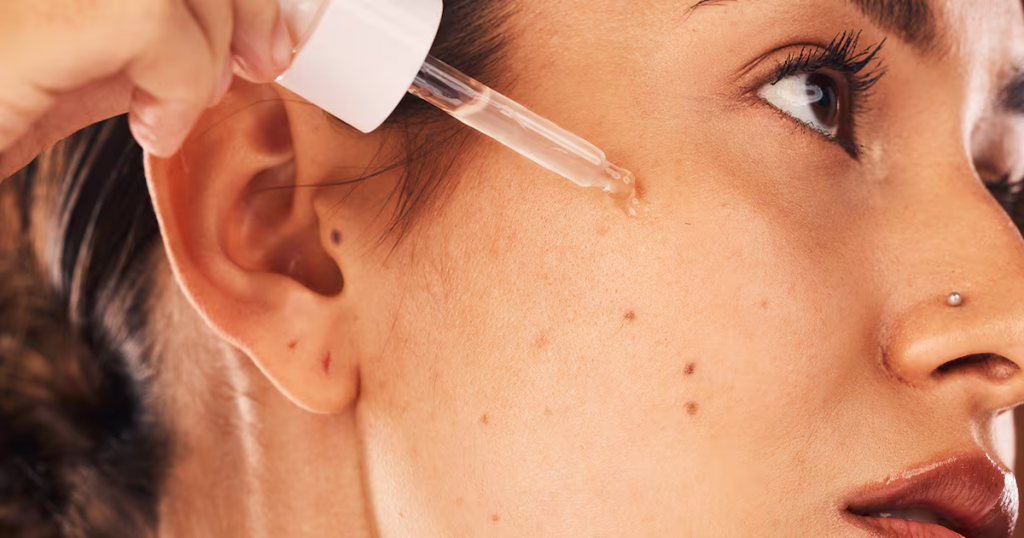
The ideal age to start using retinol can vary based on individual skin needs and concerns. Generally, many people begin incorporating retinol into their skincare routine in their late 20s to early 30s. Here’s a more detailed breakdown:
1. Preventative Use
- Late 20s to Early 30s: This is often considered a good time to start using retinol as a preventative measure. Retinol helps with early signs of aging, such as fine lines and uneven skin tone. Introducing it during this period can help maintain skin health and prevent more significant signs of aging later.
2. Targeted Use
- Early to Mid-20s: If you have specific skin concerns such as acne, uneven texture, or dark spots, you might consider starting retinol earlier. For these concerns, using retinol in your early 20s can help improve skin clarity and texture.
3. Signs of Aging
- Early 30s and Beyond: If you’re experiencing more noticeable signs of aging like wrinkles or significant sun damage, incorporating retinol can be beneficial. By this age, retinol can be more critical in a skincare regimen to address these concerns.
4. Considerations
- Skin Sensitivity: If you have sensitive skin, it’s essential to start with a lower concentration of retinol and introduce it slowly to avoid irritation.
- Consultation: If you’re unsure whether retinol is right for you or when to start, consulting a dermatologist can provide personalized advice based on your skin type and concerns.
5. General Guidelines
- Sun Protection: Regardless of age, when using retinol, always use broad-spectrum sunscreen daily, as retinol can make your skin more sensitive to the sun.
- Consistency: Introduce retinol gradually into your routine to allow your skin to adapt and minimize potential irritation.
Ultimately, starting retinol depends on your skin’s needs and how you wish to address them. Early adoption can be beneficial for prevention and managing specific concerns, but it’s crucial to use it appropriately for your skin type and age.
Switching to The Ordinary’s retinal products—like Granactive Retinoid or Retinaldehyde—can be a great step up from traditional retinol. Here’s a guide to help you determine when it might be appropriate to make the switch:
**1. Current Retinol Tolerance
- Stable Use: Ensure that you have been using a retinol product (like 0.2%, 0.5%, or 1% Retinol) consistently without significant irritation. This typically means you’re able to use it 3-4 times a week or more, depending on your skin’s tolerance.
**2. Skin Adaptation
- Minimal Irritation: Your skin should be accustomed to the retinol without experiencing excessive dryness, redness, or peeling. If you’ve adapted well to a retinol product and are no longer seeing improvements, it might be time to consider a more advanced option.
**3. Desired Effects
- Visible Results Plateau: If you’ve achieved satisfactory results with retinol but want more pronounced effects, transitioning to Granactive Retinoid or Retinaldehyde could offer more noticeable improvements. These forms of retinoids can be more effective for targeting fine lines, wrinkles, and texture issues.
**4. Retinaldehyde Introduction
- When to Switch: Consider switching to retinaldehyde (such as **The Ordinary’s Retinaldehyde 0.05%) if you’re seeking a more potent alternative to retinol with less irritation. Retinaldehyde is a more direct precursor to retinoic acid (the active form of vitamin A) and can be more effective.
**5. Gradual Transition
- Introduce Slowly: When making the switch, start by using the new product a few times a week and gradually increase frequency as your skin adjusts. This helps minimize the risk of irritation.
**6. Consult a Professional
- Seek Advice: If you’re unsure about switching or have specific skin concerns, consulting a dermatologist can provide personalized recommendations and ensure that the new product is suitable for your skin type and needs.
General Recommendations:
- Patch Test: Always patch test new products before full application to check for adverse reactions.
- Sun Protection: Continue using broad-spectrum sunscreen daily to protect your skin, especially when using stronger retinoids.
By considering these factors, you can determine the right time to transition to Granactive Retinoid or Retinaldehyde based on your skin’s condition and goals.
WHICH ONE IS FOR WHICH SKIN TYPE

The Ordinary offers a variety of retinol products, each tailored to different skin types and concerns. Here’s a guide to help you choose the right retinol based on your skin type:
**1. Sensitive Skin
- Granactive Retinoid 2% Emulsion: This formulation contains a less irritating form of retinoid that is often suitable for sensitive skin. It’s designed to provide similar benefits to traditional retinoids with potentially fewer side effects.
- Retinol 0.2% in Squalane: A low concentration of retinol combined with squalane for added hydration. It’s gentle enough for those with sensitive skin or those new to retinoids.
**2. Dry or Dehydrated Skin
- Granactive Retinoid 2% Emulsion: The emulsion base provides some hydration, making it suitable for dry skin types.
- Retinol 0.5% in Squalane: Higher concentration than the 0.2% version but still provides the benefits of squalane to help maintain skin hydration.
- Retinol 0.2% in Squalane: Also a good option for dry skin, as it provides hydration while delivering a low dose of retinol.
**3. Normal Skin
- Granactive Retinoid 2% Emulsion: Works well for normal skin, offering effective retinoid benefits with minimal irritation.
- Retinol 0.5% in Squalane: A moderate concentration suitable for normal skin that can handle a bit more strength without too much irritation.
- Retinol 1% in Squalane: For normal skin that is accustomed to retinol and can handle higher concentrations.
**4. Oily or Acne-Prone Skin
- Granactive Retinoid 5% in Squalane: Suitable for oily skin looking for a high concentration of retinoid with added hydration. Granactive Retinoid can help with acne and texture issues.
- Retinol 0.5% in Squalane: Effective for reducing acne and improving skin texture while still providing hydration.
- Retinol 1% in Squalane: A higher concentration that can address severe acne and texture issues in oily skin types.
**5. Aging or Mature Skin
- Granactive Retinoid 5% in Squalane: Offers a high dose of retinoid activity to target fine lines, wrinkles, and overall skin texture with added moisture.
- Retinol 1% in Squalane: For mature skin seeking a potent anti-aging treatment that also helps with texture and pigmentation concerns.
**6. Combination Skin
- Granactive Retinoid 2% Emulsion: Provides a balanced option that can work well across combination skin types, offering effective treatment without excessive dryness.
- Retinol 0.5% in Squalane: Provides a good balance of strength and hydration for combination skin.
Summary
- Sensitive or New Users: Start with lower concentrations like 0.2% Retinol or Granactive Retinoid 2%.
- Dry Skin: Opt for products with added hydration, such as squalane-based retinols.
- Oily/Acne-Prone Skin: Higher concentrations like Granactive Retinoid 5% or Retinol 1% can be beneficial.
- Mature Skin: Consider stronger formulations like Granactive Retinoid 5% or Retinol 1%.
Always start with a lower concentration to gauge your skin’s response, especially if you’re new to retinoids. Gradually increase the strength as your skin builds tolerance.
SIDE EFFECTS
Retinoids, including those from The Ordinary, can be highly effective for addressing various skin concerns, but they can also cause side effects, especially when you first introduce them into your routine. Here are some common side effects and tips on how to manage them:
**1. Dryness and Peeling
- Description: Retinoids can accelerate cell turnover, which may lead to dryness and peeling of the skin.
- Management: Use a hydrating moisturizer to help combat dryness. Applying a gentle, non-comedogenic moisturizer can help soothe and protect the skin barrier.
**2. Redness and Irritation
- Description: Initial use of retinoids can cause redness and irritation as your skin adjusts.
- Management: Start with a lower concentration and gradually increase usage. Apply retinoid every other night or a few times a week at first, and monitor your skin’s response.
**3. Increased Sensitivity
- Description: Your skin may become more sensitive to sun exposure and other products, leading to a higher risk of sunburn and irritation.
- Management: Apply a broad-spectrum sunscreen with at least SPF 30 daily. Avoid using other potentially irritating products (like alpha-hydroxy acids or strong exfoliants) on the same nights as retinoids.
**4. Breakouts
- Description: Some people experience breakouts when first using retinoids, as the skin undergoes a purging phase where clogged pores are brought to the surface.
- Management: This typically resolves as your skin adjusts. Continue using the product consistently, and avoid harsh treatments that can exacerbate breakouts.
**5. Flaking and Texture Changes
- Description: Retinoids can cause flaking and changes in skin texture as the skin renews itself more rapidly.
- Management: Gently exfoliate with a mild exfoliant if needed, and keep your skin moisturized to minimize flakiness.
**6. Burning Sensation
- Description: A burning or stinging sensation can occur, particularly when using higher concentrations or if applied to broken or irritated skin.
- Management: Reduce the frequency of application and ensure your skin is fully hydrated before applying retinoid. Avoid applying on broken or compromised skin.
**7. Color Changes
- Description: In rare cases, users might experience discoloration or uneven pigmentation.
- Management: If discoloration persists, consult a dermatologist. Ensure you’re using sunscreen to protect your skin from further pigmentation issues.
General Tips for Managing Side Effects:
- Introduce Gradually: Start with a lower concentration and gradually increase the frequency of use as your skin builds tolerance.
- Patch Test: Perform a patch test before applying retinoid to your entire face to check for adverse reactions.
- Hydration: Use a good moisturizer to help counteract dryness and support your skin barrier.
- Sun Protection: Apply sunscreen daily to protect your skin from UV damage and prevent further irritation.
- Consult a Professional: If severe irritation or other concerns arise, consult a dermatologist for personalized advice and possible adjustments to your skincare routine.
By being mindful of these potential side effects and managing them appropriately, you can enjoy the benefits of retinoids while minimizing discomfort.


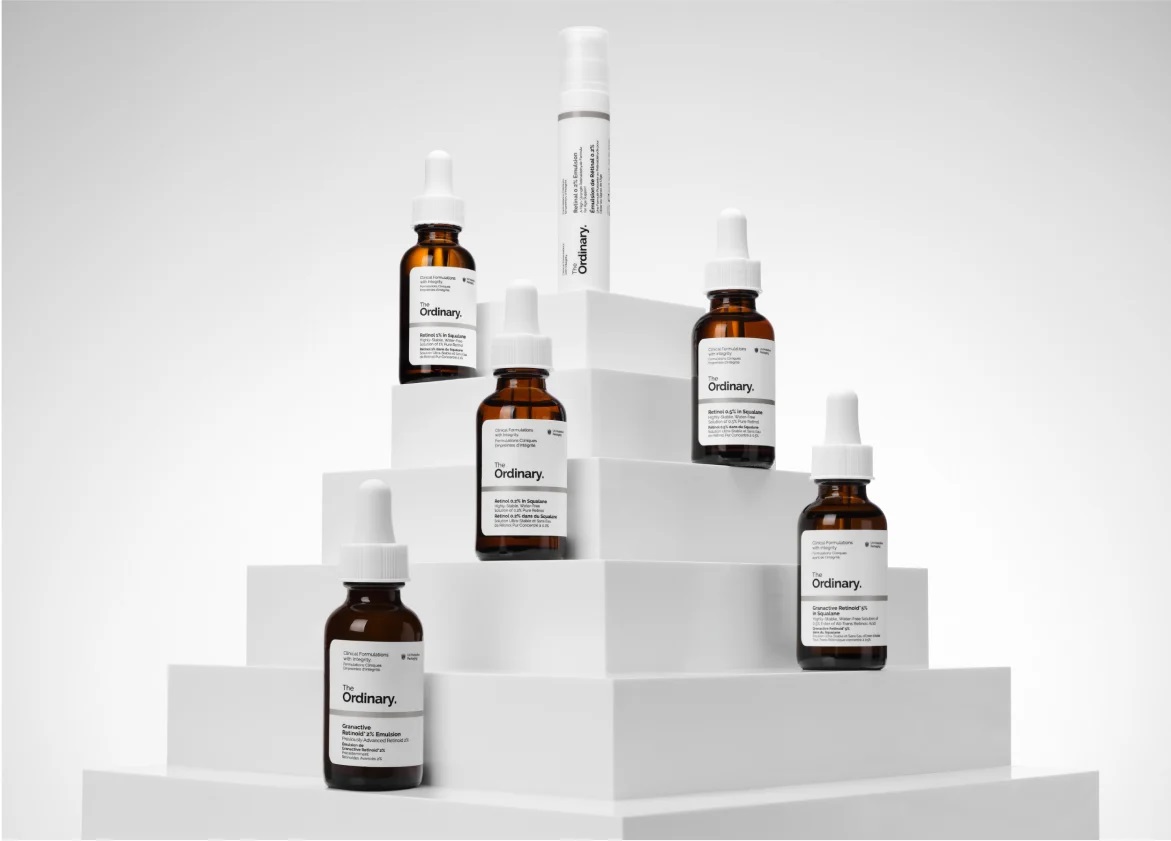
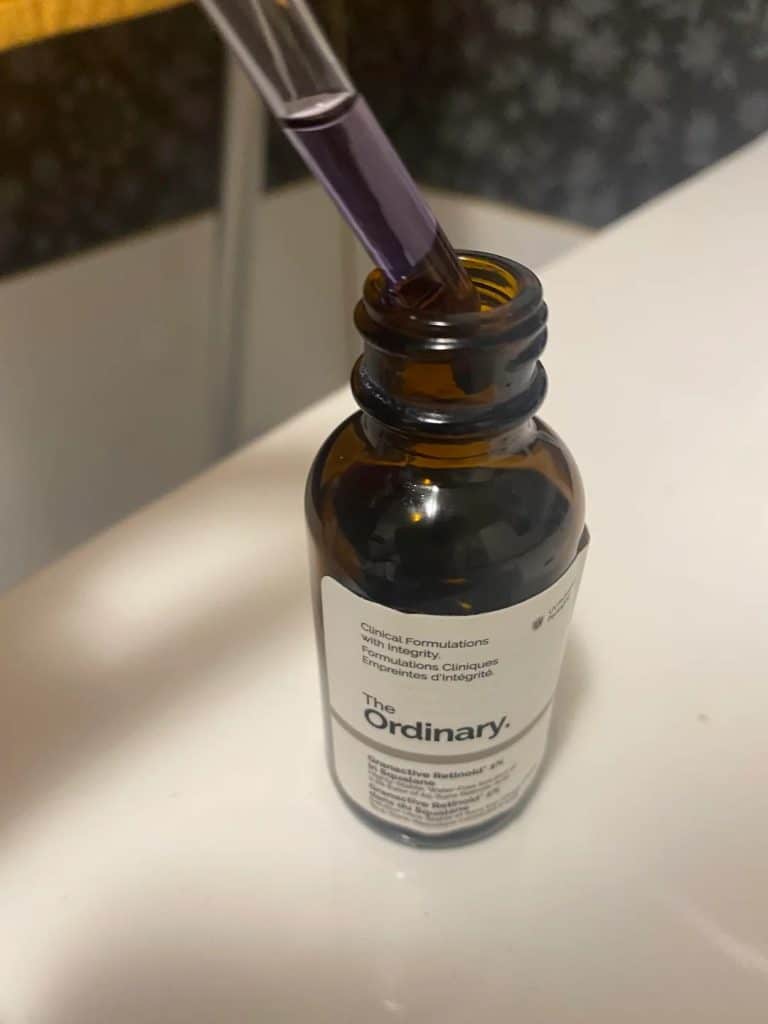
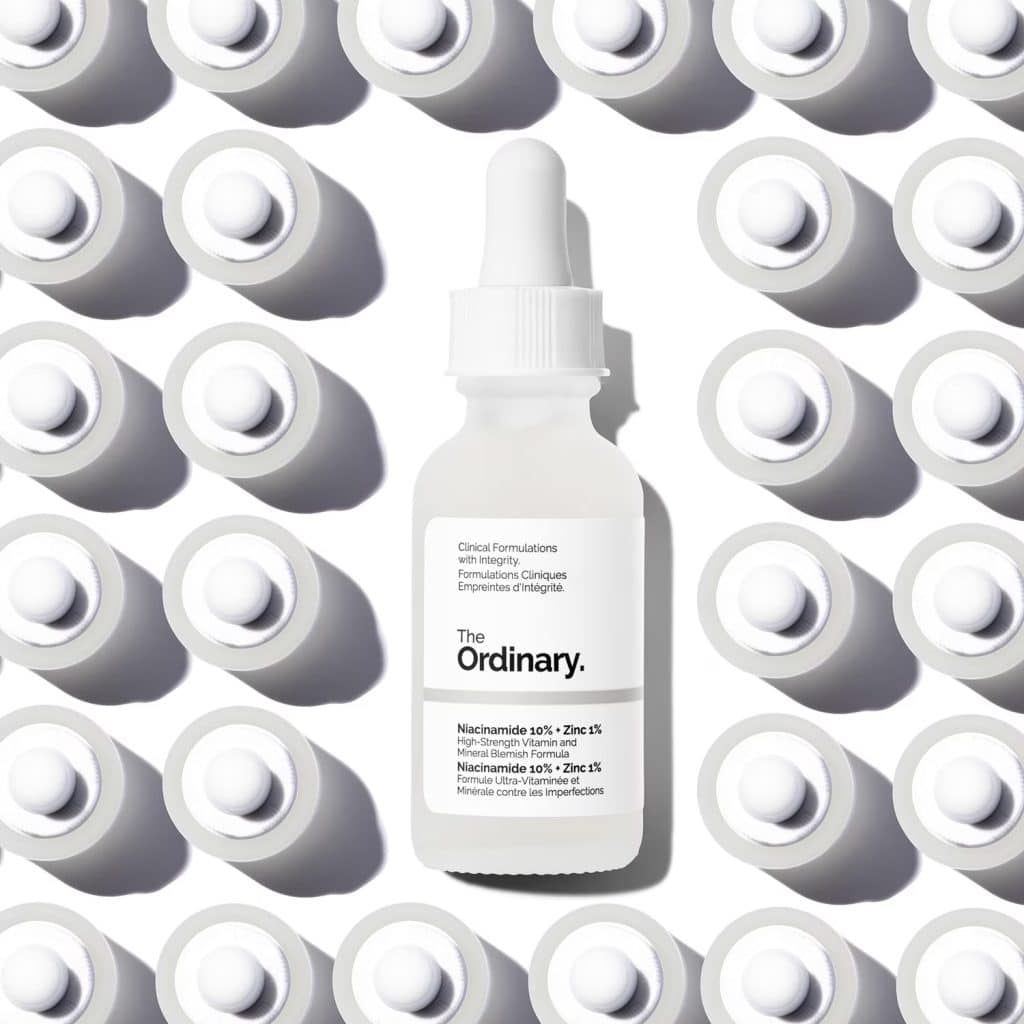

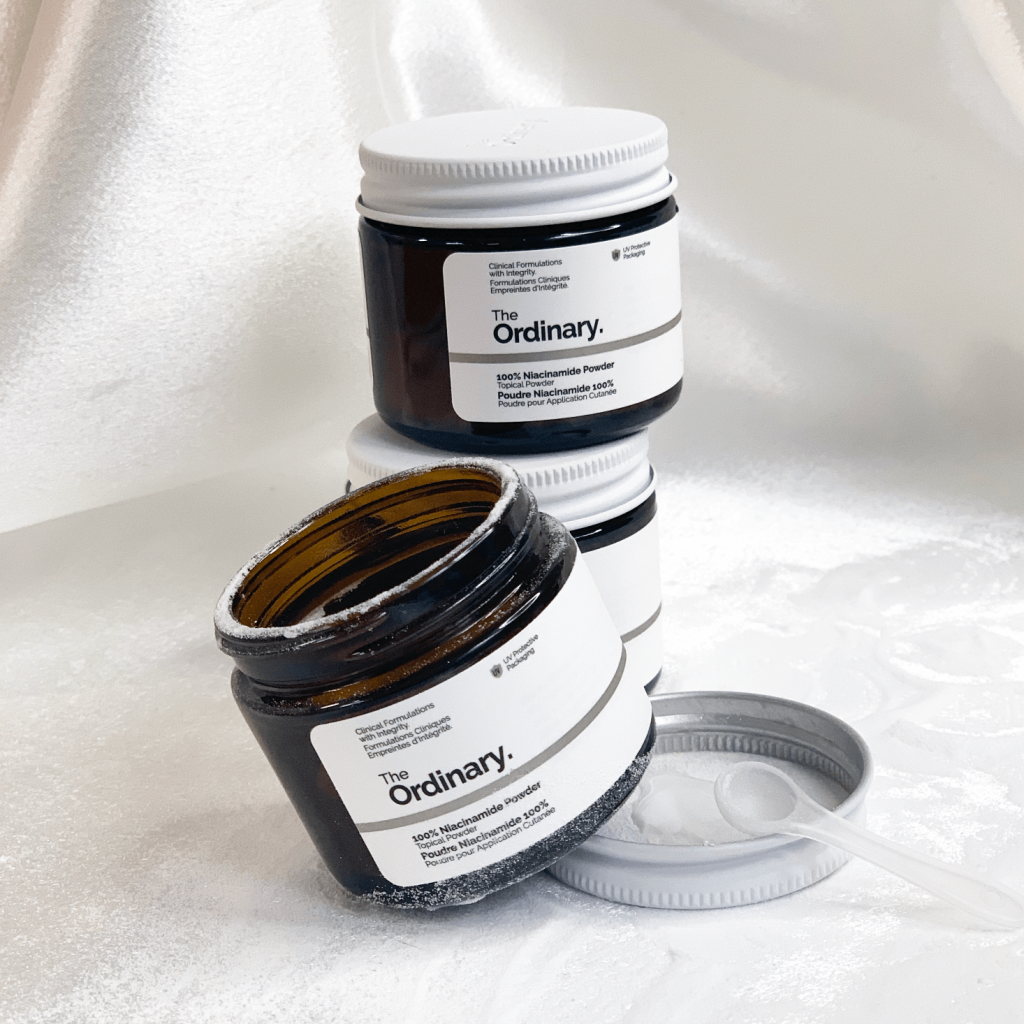
Very well drafted. Thank you for providing the details in depth.